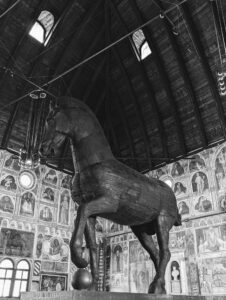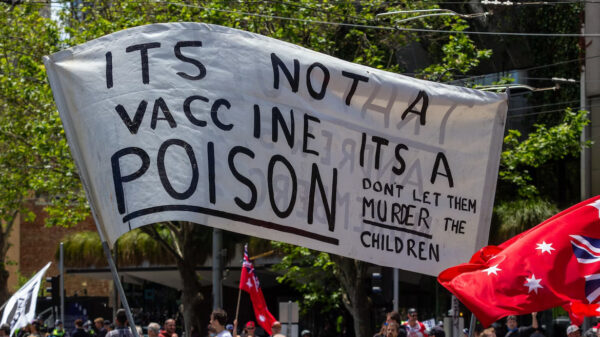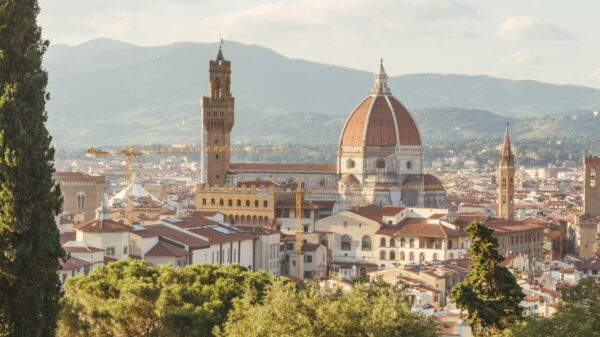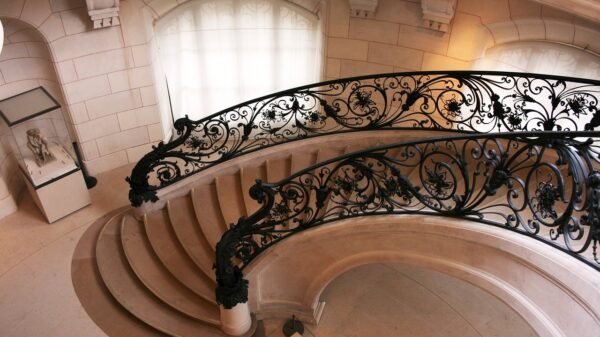At a time when a new shake-up was feared, the Conclave chose composure. Robert Francis Prevost, the first U.S.-born pope-now Leo XIV-embodied a figure capable of holding together different worlds, North America and Latin America, Augustinian sobriety and canonical expertise, pastoral charisma and institutional coolness.
More than anything else, he traversed ecclesial complexity without turning difficulties into scandal. In an American Church marked by collusion and abuse, Leo XIV is distinguished not by the absence of problems-no one is immune from them-but by the sobriety with which he dealt with them. His decisions, his appointments, even his silences speak of a solid personality, refractory to pressure, attentive to protecting the institution’s internal seal.
Born in Chicago into a family of French descent, Prevost spent nearly fifteen years on mission in Peru, learning Spanish and living alongside the marginalized. It was an experience that left a deep, concrete mark, based on proximity rather than ideology.
He was involved in two sensitive affairs.
In the first case, three allegations of abuse in Peru brought accusations of underreporting. However, these were episodes going back in time, often already prescribed or judged unfounded, with the priests nevertheless suspended as a precautionary measure.
In the second, once back in the United States, he authorized the residence of a priest removed for abuse allegations in a convent near an elementary school, without informing the leadership. A questionable choice in communication, but in accordance with internal procedures and free of new violations.
Rather than complicity or cover-up, his style reflects a strategy of silent containment, avoiding media hype, preferring confidential transfers to public interventions, protecting the stability of the Church. A sober, almost military style, reminiscent of certain confidential operations of yesteryear rather than contemporary communicative practices.
After returning to the leadership of the Order of St. Augustine, Prevost was called to Rome by Pope Francis, who appointed him prefect of the Dicastery for Bishops and then cardinal. Yet, while within a “Bergoglian” trajectory, Leo XIV is not strictly a Bergoglian. He embraced its concern for the poor, but without sharing its protagonism. Where Francis was magnetic, he is impenetrable. Where his predecessor spoke in images, Leo XIV adopts the dry language of institutions.
His initial embrace of Francis’ legacy was a gesture of ecclesiastical wisdom, reassuring progressives without deluding them. But from his first statements another vocabulary emerged, discipline, discernment, doctrine. Leo XIV does not overthrow Francis, but relativizes him in the time of the Church. He resizes him gracefully. It is the gesture of one who does not need to raise his voice to be heard.
In an age that exalts striking personalities, Leo XIV strikes for what he is not. He is not divisive, he is not ideological, he is not clerical. He is not a frontier theologian, nor a soulless bureaucrat. He is a synthesis of rigor and compassion – and that is what makes him credible.
Those who know him know that he is not a man of sudden turns. He is a pope of patience and precision, closer to Paul VI than to Francis. Yet, he is not a restorer. He has lived too long alongside the poor of the Global South to ignore the demands for justice and reform. But he addresses them methodically, not clamorously.
The pontificate of Leo XIV will not be one of ruptures, but it could mark a real discontinuity, less prophetic, more institutional. Less concerned with media hegemony, more focused on the internal hold of the Church. Perhaps, this is precisely his silent but concrete revolution.
In 2023 he firmly managed the tensions of the German Synodal Way, appointed faithful and prepared bishops, strengthened collegiality while avoiding populist drifts. On several occasions he has measuredly expressed his disagreement with the instrumental use of religion for political purposes, marking a cautious distance from figures like then-Senator J.D. Vance.
He is not a climate activist, but a sober critic of environmental exploitation. The one that has desertified whole areas of the United States to fuel European growth. And the one that devastates the Amazon today. His call for ecological responsibility stems from a pastoral conscience, not from ideological adhesions. In this sense, it is more in the wake of Leo XIII’s social magisterium than Francis’ prophetic language.
Not surprisingly, in a public interview, Leo XIV stated that the choice of his papal name was due “also, primarily” to Leo XIII. But his listeners sensed something more. A barely hinted look, a nuanced tone, signs that hinted at a subtle curial cunning. There is no lie in that formula, but an intelligence capable of moving between nuances.
The name Leo also encapsulates the affective and spiritual bond with the Augustinian Order, which received great impetus from his action. On November 4, 2024, he presided at Mass at St. Charles Borromeo in Rome, an occasion that brought the issue of his relationship with the Italian language back into the spotlight.
Curious, then, that still someone writes that he “knows little Italian.” Not for lack of study, but perhaps for that subtle irony that accompanies many of his answers.
In the end, we do not know whether he was chosen because of a Grace that escapes us, or because he knows and tolerates all transformism in order to keep it under control. Not so much out of complicity as out of a logic of containment. After Bergoglio, perhaps we no longer trust him. But this time we are in front of a Catholic pope; however, the signs are strong, trust may indeed be well placed.
Editor in Chief, Domenico Galati
Postscript for readers
Some might wonder if an editorial on the new Pope is off-topic for a cultural magazine. Actually, the Church guards an immense part of the world’s cultural heritage – by many estimates, between 70 percent and 90 percent. For centuries it has been a crossroads of art, thought and identity. These reflections are also fully in that groove.






